Toy Problem
source
result


![]()
Sum of squares difference = 1.0021e-29
Poisson Blending Results
Penguin
source
target


![]()
naive
poisson

![]()

![]()
Grumpycat and Hummingbird
source
target
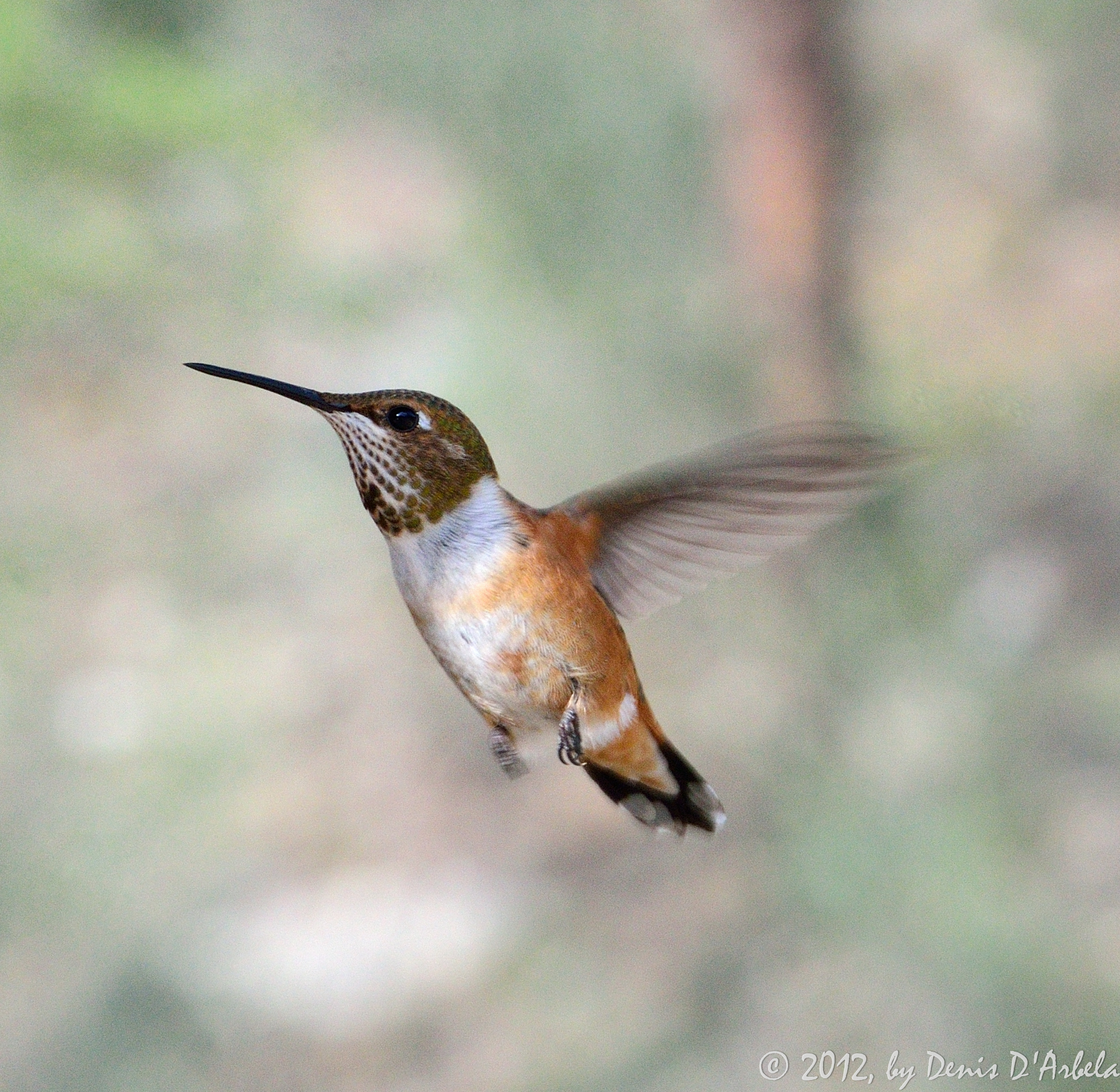
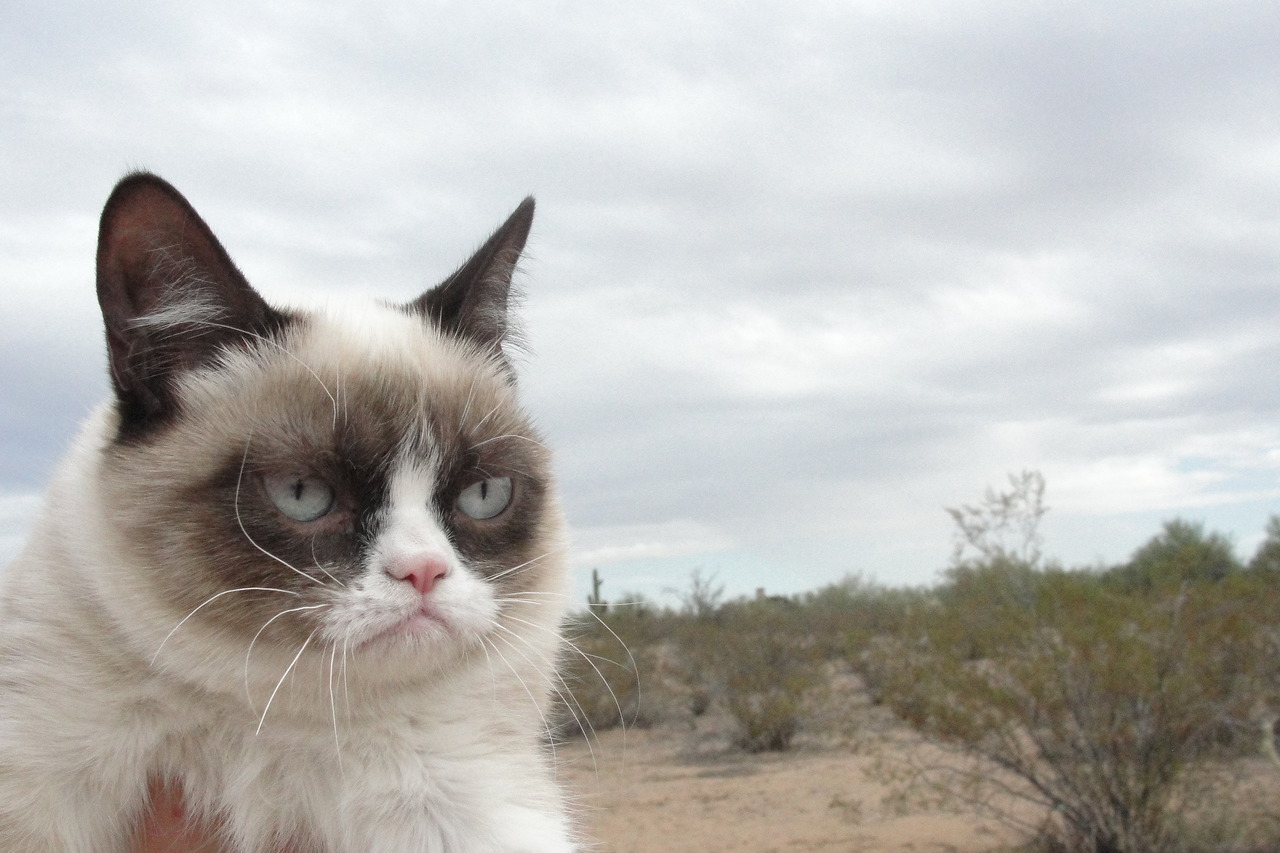
![]()
naive
poisson

![]()

![]()
Pug and Cookie
Here we see that the resultant cookie lighter than the original cookie.
This was an effect of trying to match the darker original cookie background with that of the lighter target area of the table.
It overall produces quite a decent blend, albeit unrealistic lighting.
source
target


![]()
naive
poisson
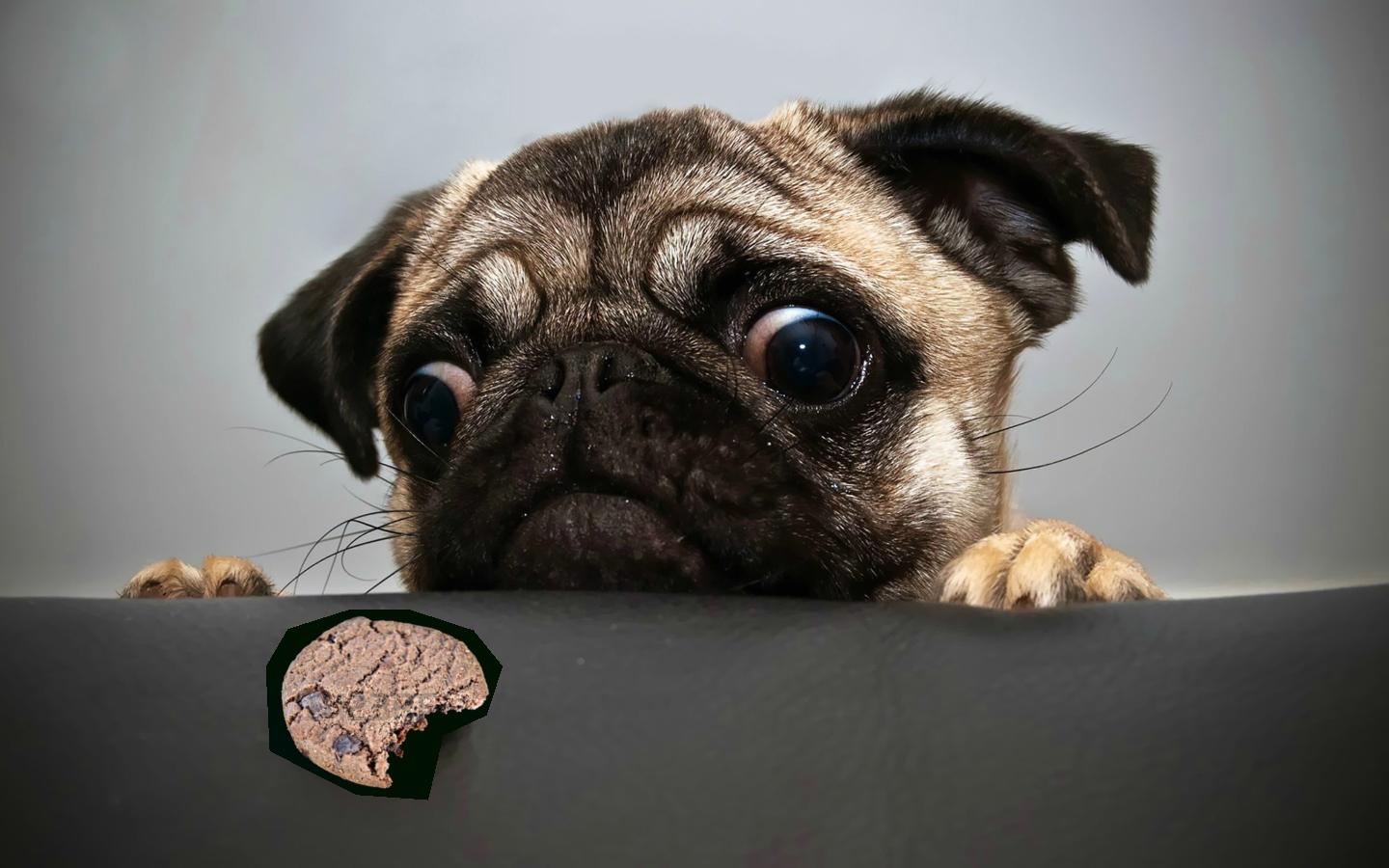
![]()
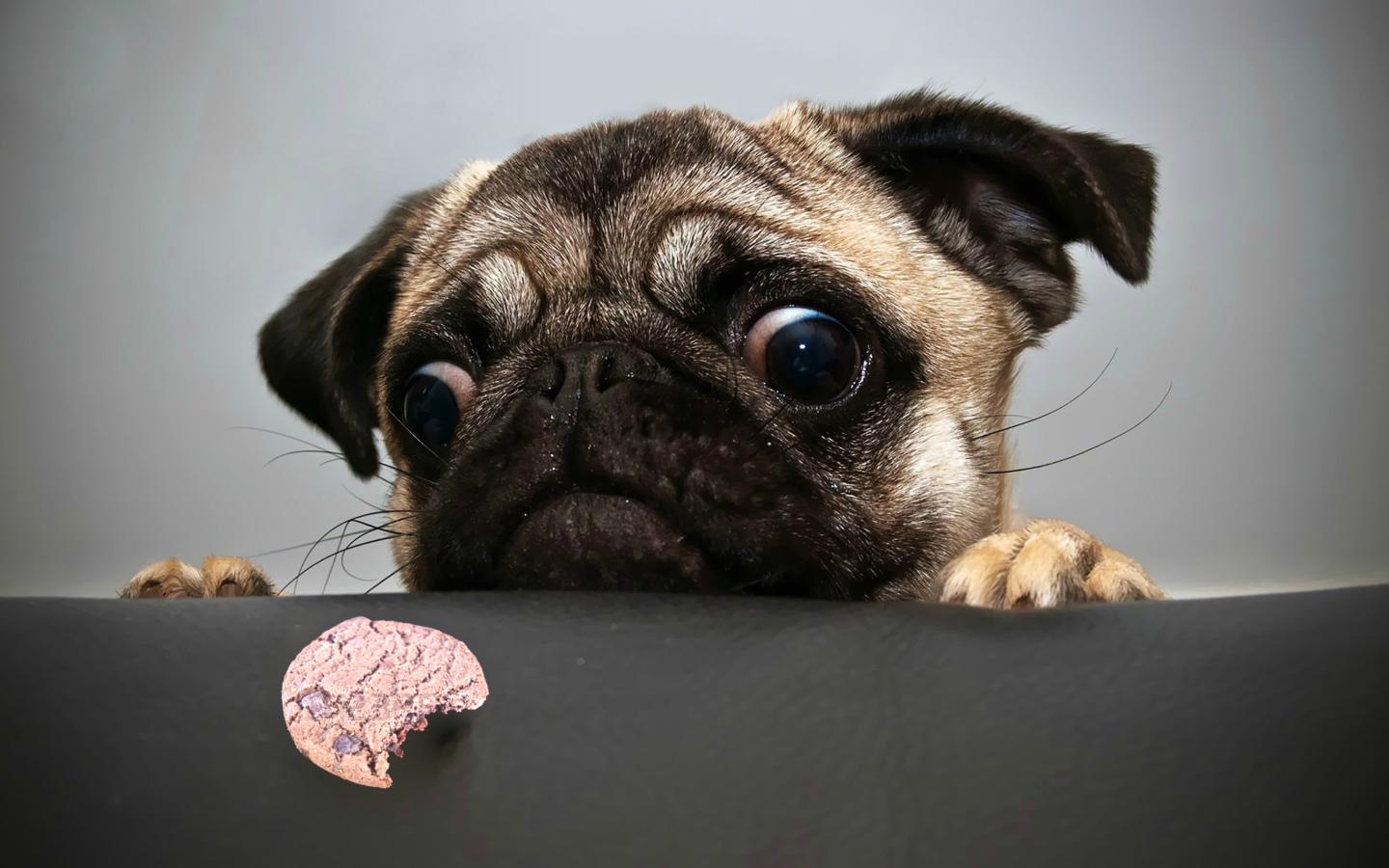
![]()
Creepy baby
This image turned out creepier than intended. Similar to the first blend, it demonstrates that a good blend can be achieved if the target boundary area has the approximately the same color as background of the source image.
source
target


![]()
naive
poisson

![]()
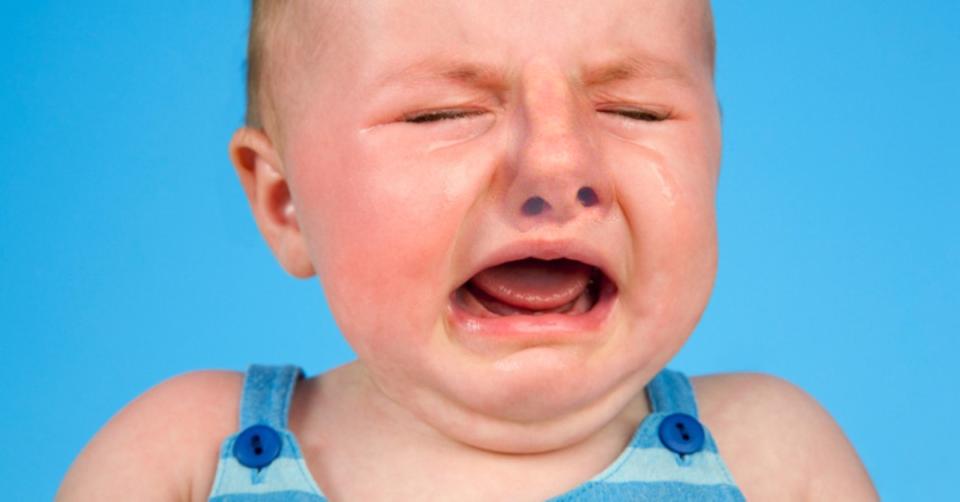
![]()
Poisson Blending fail-cases
Pandadog and Hummingbird
The high frequency component of the grass edges gets lost in the boundary of the the blending.
Although the boundary gradient minimizes the difference between that of the target and the source, it resulted in a blur.
source
target


![]()
naive
poisson
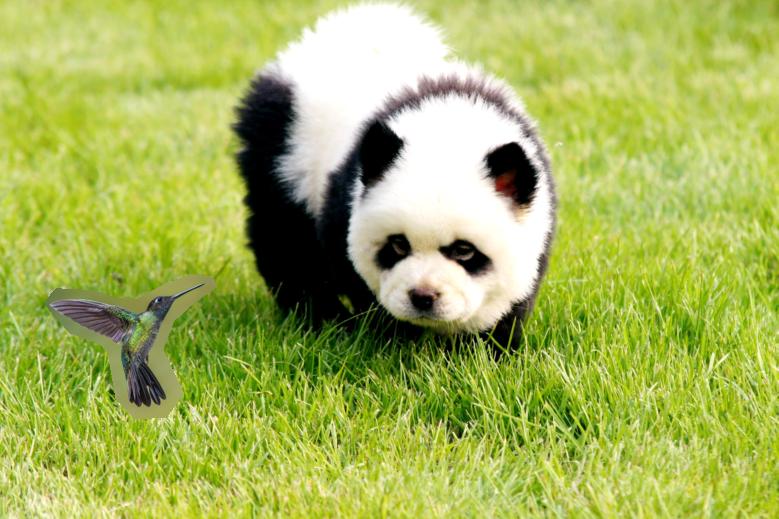
![]()
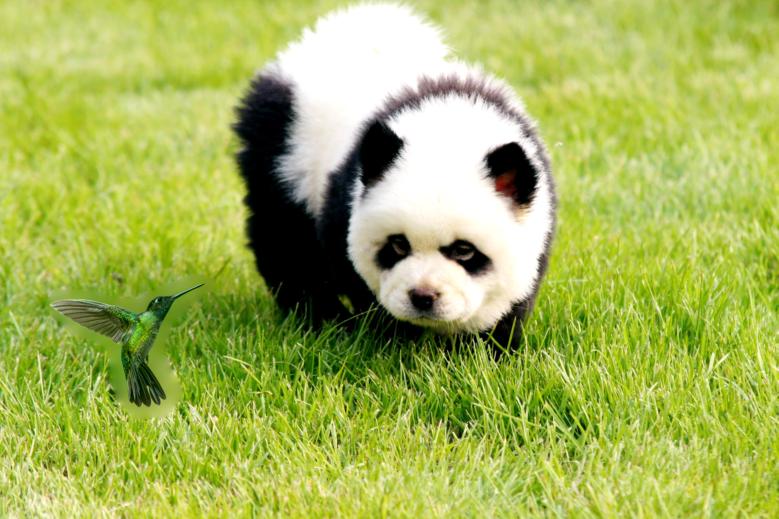
![]()
Horse and Hummingbird
Due to the huge difference in color in the area between that of the source boundary and target image, minimization of the difference
in gradients led to a huge hue deviation from the original source image.
source
target

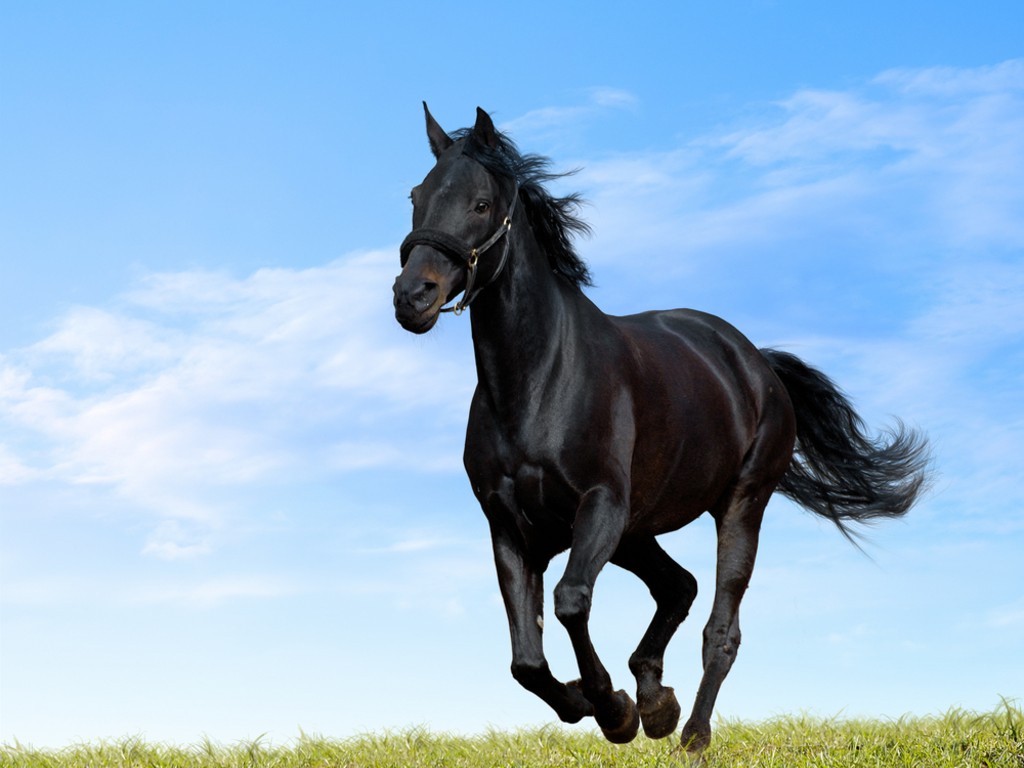
![]()
naive
poisson
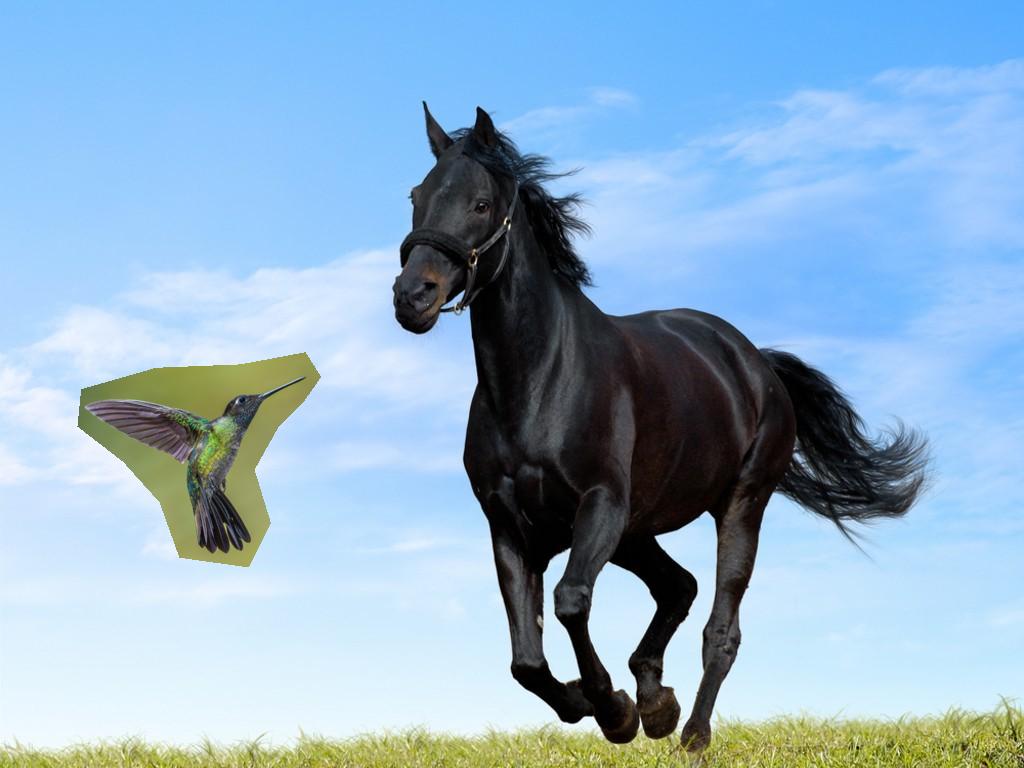
![]()

![]()
Mixed Gradients Results
Boredom
source
target


![]()
naive
poisson

![]()

![]()
mixed

![]()
Bells and Whistles
This is easily computed using the mixed gradients of the S and V channel.
Color Blind?
source
result

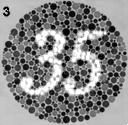
![]()
Toy Problem
|
source
result
|
  |
Sum of squares difference = 1.0021e-29
Penguin
source
target


![]()
naive
poisson

![]()

![]()
Grumpycat and Hummingbird
source
target


![]()
naive
poisson

![]()

![]()
Pug and Cookie
Here we see that the resultant cookie lighter than the original cookie.
This was an effect of trying to match the darker original cookie background with that of the lighter target area of the table.
It overall produces quite a decent blend, albeit unrealistic lighting.
source
target


![]()
naive
poisson

![]()

![]()
Creepy baby
This image turned out creepier than intended. Similar to the first blend, it demonstrates that a good blend can be achieved if the target boundary area has the approximately the same color as background of the source image.
source
target


![]()
naive
poisson

![]()

![]()
Poisson Blending fail-cases
Pandadog and Hummingbird
The high frequency component of the grass edges gets lost in the boundary of the the blending.
Although the boundary gradient minimizes the difference between that of the target and the source, it resulted in a blur.
source
target


![]()
naive
poisson

![]()

![]()
Horse and Hummingbird
Due to the huge difference in color in the area between that of the source boundary and target image, minimization of the difference
in gradients led to a huge hue deviation from the original source image.
source
target


![]()
naive
poisson

![]()

![]()
Mixed Gradients Results
Boredom
source
target


![]()
naive
poisson

![]()

![]()
mixed

![]()
Bells and Whistles
This is easily computed using the mixed gradients of the S and V channel.
Color Blind?
source
result


![]()
Penguin
|
source
target
|
  |
|
naive
poisson
|
  |
Grumpycat and Hummingbird
|
source
target
|
  |
|
naive
poisson
|
  |
Pug and Cookie
Here we see that the resultant cookie lighter than the original cookie.
This was an effect of trying to match the darker original cookie background with that of the lighter target area of the table.
It overall produces quite a decent blend, albeit unrealistic lighting.
|
source
target
|
  |
|
naive
poisson
|
  |
Creepy baby
This image turned out creepier than intended. Similar to the first blend, it demonstrates that a good blend can be achieved if the target boundary area has the approximately the same color as background of the source image.
|
source
target
|
  |
|
naive
poisson
|
  |
Pandadog and Hummingbird
The high frequency component of the grass edges gets lost in the boundary of the the blending.
Although the boundary gradient minimizes the difference between that of the target and the source, it resulted in a blur.
source
target


![]()
naive
poisson

![]()

![]()
Horse and Hummingbird
Due to the huge difference in color in the area between that of the source boundary and target image, minimization of the difference
in gradients led to a huge hue deviation from the original source image.
source
target


![]()
naive
poisson

![]()

![]()
Mixed Gradients Results
Boredom
source
target


![]()
naive
poisson

![]()

![]()
mixed

![]()
Bells and Whistles
This is easily computed using the mixed gradients of the S and V channel.
Color Blind?
source
result


![]()
Pandadog and Hummingbird
The high frequency component of the grass edges gets lost in the boundary of the the blending.
Although the boundary gradient minimizes the difference between that of the target and the source, it resulted in a blur.
|
source
target
|
  |
|
naive
poisson
|
  |
Horse and Hummingbird
Due to the huge difference in color in the area between that of the source boundary and target image, minimization of the difference
in gradients led to a huge hue deviation from the original source image.
|
source
target
|
  |
|
naive
poisson
|
  |
Boredom
source
target


![]()
naive
poisson

![]()

![]()
mixed

![]()
Bells and Whistles
This is easily computed using the mixed gradients of the S and V channel.
Color Blind?
source
result


![]()
Boredom
|
source
target
|
  |
|
naive
poisson
|
  |
|
mixed
|
 |
This is easily computed using the mixed gradients of the S and V channel.
Color Blind?
source
result


![]()
This is easily computed using the mixed gradients of the S and V channel.
Color Blind?
|
source
result
|
  |